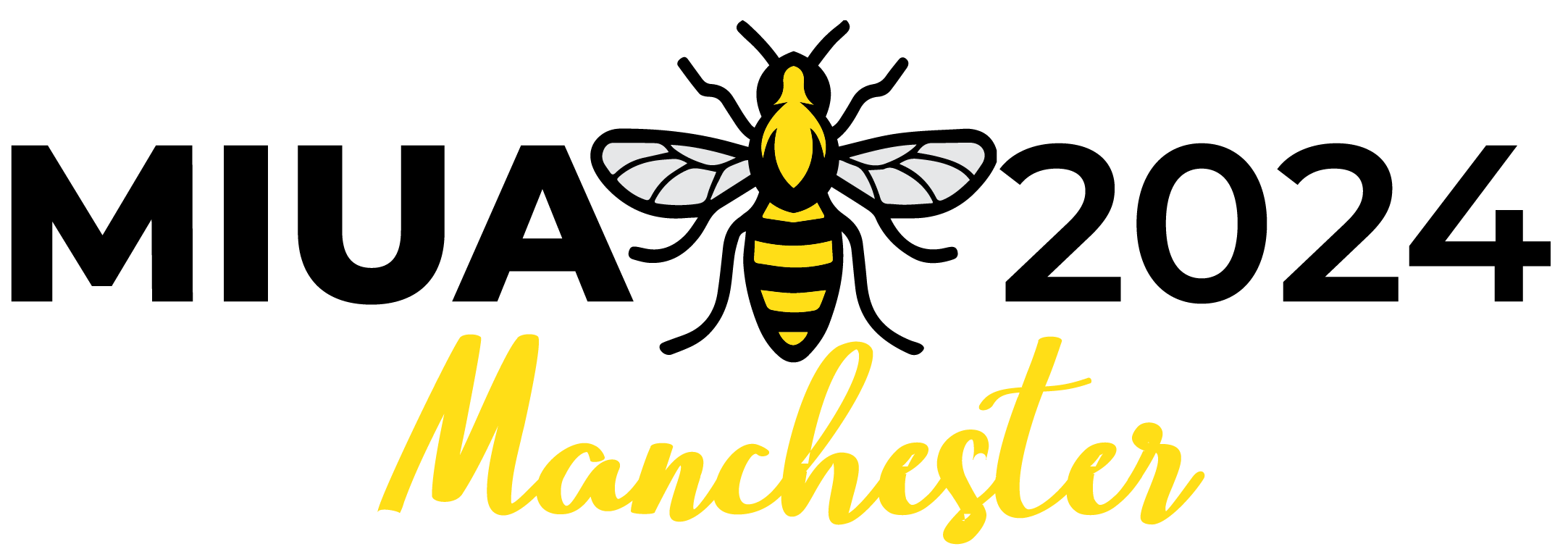How much confidence can you have in your images?
Medical Imaging techniques are as varied as they are widespread and are all aimed at improving the quality of care delivered to patients. With such a high stakes application, it is of critical importance that these techniques are validated, and their precision and accuracy understood. Due to the complexity of many imaging modalities, it can be challenging to understand completely the physical mechanisms that lead to the results we obtain on screen. Nevertheless, we need to have confidence in these results in order to safely apply their results to patients.
Measurement uncertainty is a key part of this confidence. It provides the context against which a result can be appropriately judged. A result may not appropriately lead to a decision on patient pathway without knowing if it is ± 0.1%, or ± 10 % for example. This information can come from many sources: uncertainty propagation, validation, sensitivity analysis, Monte Carlo analysis, or experimental data itself. A rigorous understanding of sources of error and uncertainty in an image can provide a concrete foundation upon which advanced diagnostic and therapeutic methodologies can be developed.
Scope and topics:
This session is about quantifying confidence in measurements derived from imaging data. The scope will cover any work associated with the validation, repeatability, replicability, or reproducibility of a quantitative technique. It is important when making any quantitative measurement to provide an indication of the associated measurement uncertainty which can be derived from a variety of different methods. Topics for measurement uncertainty in images may include techniques such as Monte Carlo analysis, sensitivity analyses, or propagation of uncertainty. Monte Carlo analysis characterizes how uncertainties can arise from the underlying distribution of the input variables in a model for the measurement. Sensitivity analysis work may be used to characterize how robust measurements are to specific random variables that may affect the outcome, such as signal noise.In addition to some of the underlying mechanisms which can provide us with information on measurement uncertainty and data confidence, the impact that this can have on how results are used is also of interest. Topics may include, for example, clinical translation or use of AI tools. Clinical translation is a challenge encountered during the lifetime of any promising new technique, and successfully navigating through clinical trials requires robust data confidence in the justification of success criteria. Additionally, with the recent surge of interest in AI leading to a plethora of uses in Quantitative Imaging, it is important that these models are trained on well-characterized training data sets to ensure their outputs are rooted in hard science.
Organisers
- Dr. Matt Cashmore, National Physical Laboratory, Teddington, UK.
- Dr. Elizabeth Cooke, National Physical Laboratory, Teddington, UK.
